Research Project
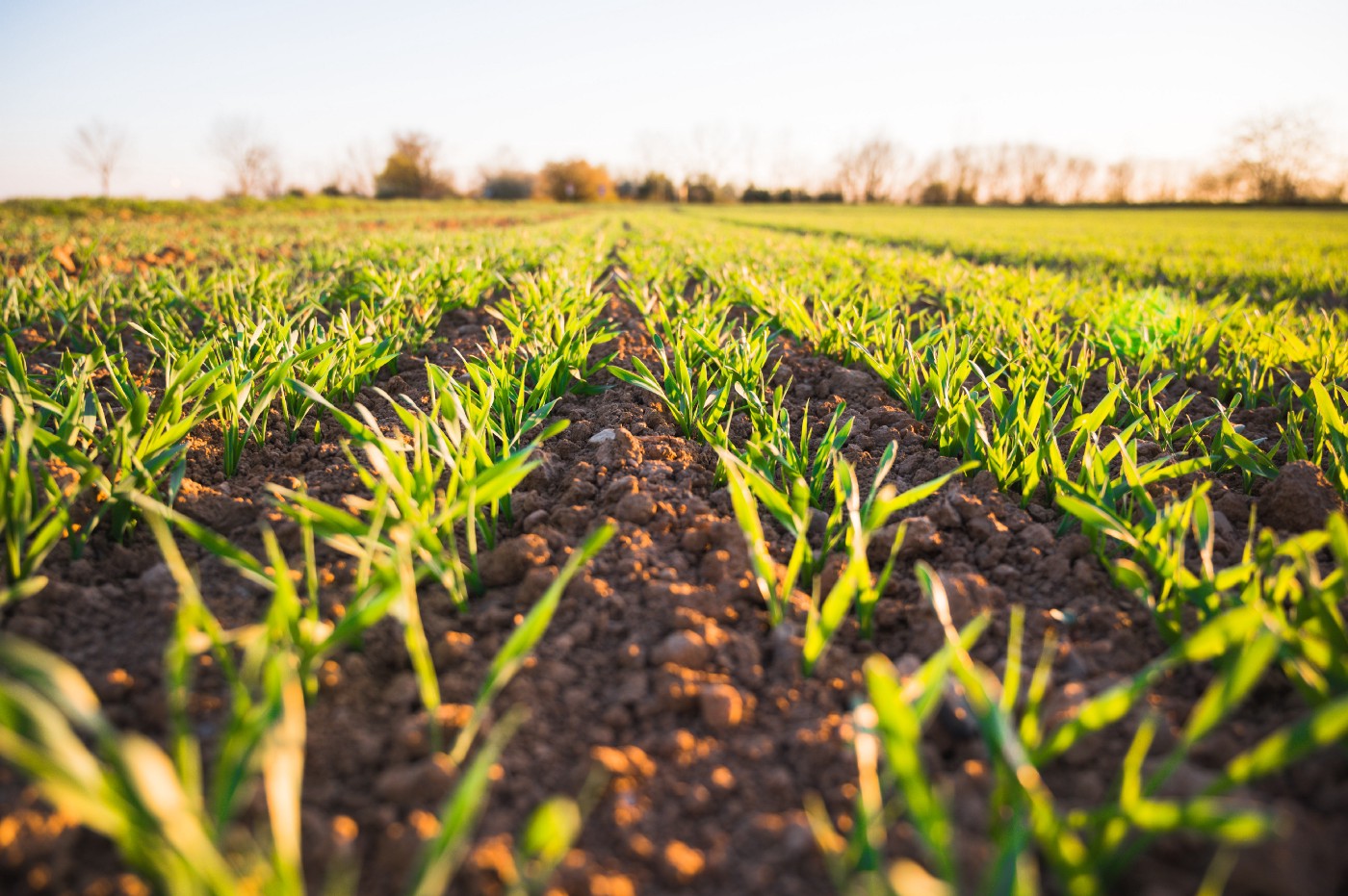
Research Project
Rice Plant Disease Detection and Diagnosis Using Deep Convolutional Neural Networks and Hyperspectral Imaging
Objective/Contributions: One of the main challenges of early detection of key rice blast disease is that it can be misclassified as the brown spot disease by less experienced agriculture extension officers (as both are fungal diseases and have similar appearances in their early stages) which can lead to wrong treatment. Given the current scarcity of experienced extension officers in the country
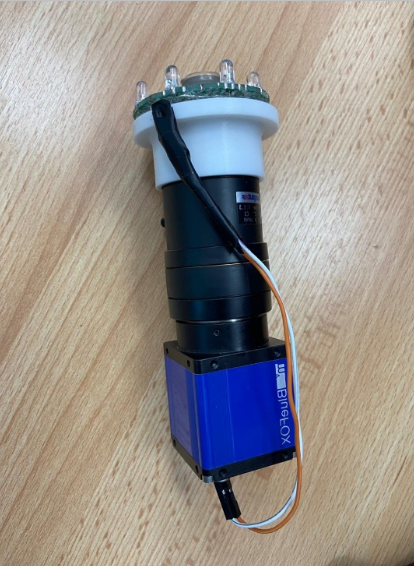
Research Project
Portable Ophthalmoscope for Telemedicine Retinopathy of Prematurity (ROP) Screening in Egypt
Few diseases affect human life and personal destinies more than the loss of the ability to see. In adults, visual impairment is associated with a loss of personal independence inducing large personal and societal costs. According to the World Health Organization, 39 million people are legally blind. In Egypt, there are almost 1 million individuals (~1% of the population) with sight loss. The

Research Project
From Reads to Microbial Analysis: An Ensemble Processing Pipeline for 16S Amplicon Sequencing Data (OCToPUS v2)
Objective/Contributions: 16S microbial profiling came with its own challenges, particularly on the data analysis and interpretation part. This requires specialized bioinformatics solutions at different stages during the processing pipeline, such as assembly of paired-end reads, chimera removal, correction of sequencing errors, and clustering of those sequences into Operational Taxonomic Units
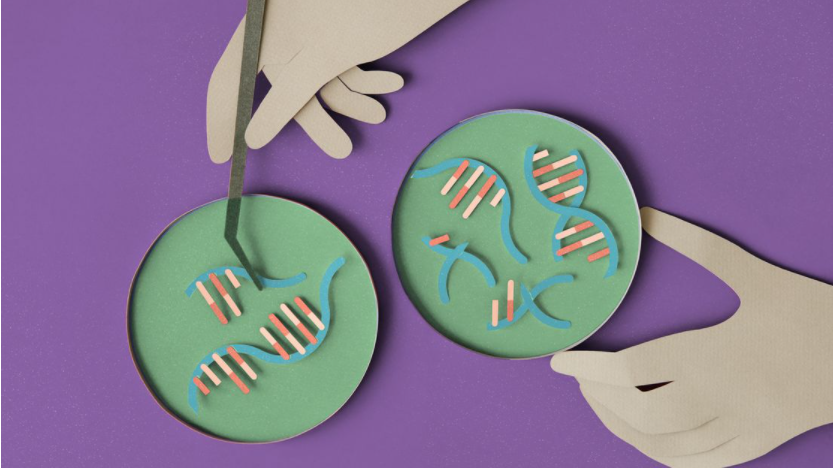
Research Project
Genetics’ Factors Affecting Progression of Diabetes Type II in the Egyptian Population
Objective/Contributions: This project aims mainly to find the distant genetic relationship between the Egyptian population and other populations worldwide for the genes associated with the 4 metabolic diseases ( Diabetes, Obesity, Hypertension, and Hyperlipidemia). First, we started by collecting data related to Diabetes and its relation to the other diseases from the 1k genome project. Our aim in
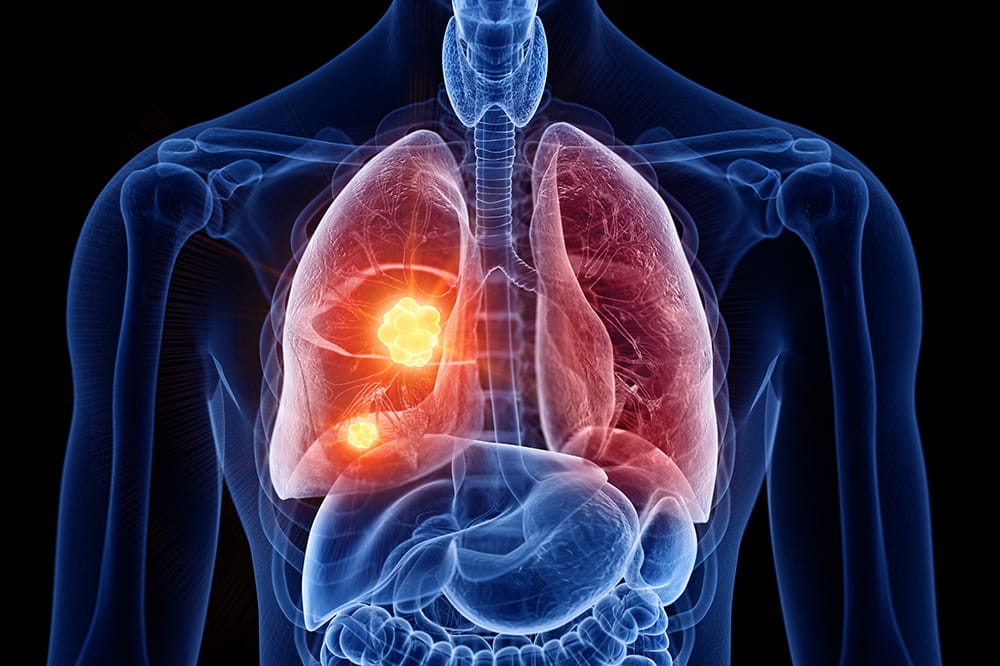
Research Project
Lung Cancer Detection in Chest X-Ray Images Empowered by 3D Computed Tomography Deep Convolutional Radiomics (CXRClear)
Objective/Contributions: Cancer is treatable if it is discovered at an early stage, and lung cancer screening is a critical component in a preventive care protocol. Although CT imaging affords higher spatial resolution and 3D density information than digital chest X-rays, there are still limitations to having it as a cheap and fast method for rural areas outreach. These limitations are outlined in

Research Project
Collaborative Project with the Centeral Agency for Public Mobilization and Statistics (CAPMAS)
Objective/Contributions: Statistics play a crucial role in the overall development policy-making process of countries by providing evidence for setting objectives, targets and priorities. The issue of great concern, however, has been how to collect data easily, cost-effectively and in a manner that allows easy data management, cleaning and analysis. Currently, manual paper-based data collection
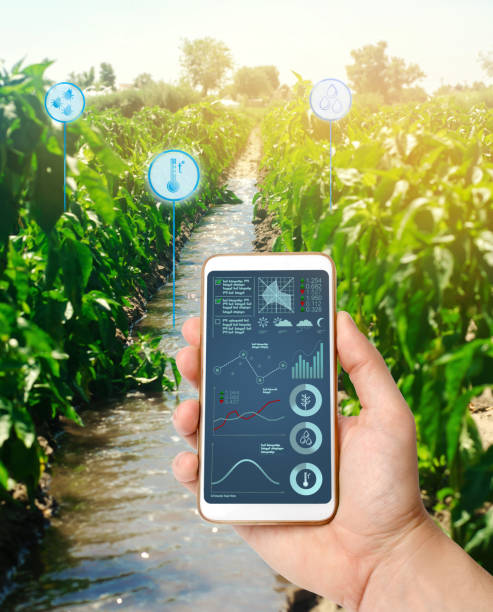
Research Project
AgriSem: Semantic Web Technologies for Agricultural Data Interoperability
Objective/Contributions: The amount and types of raw data generated within the agriculture domain are dramatically growing. However, these raw data in themselves are meaningless and isolated, and therefore may offer little value to the farmer. The Agricultural Research Center (ARC)and the Central Lab for Agricultural Expert Systems (CLAES) was established to enhance the productivity of knowledge
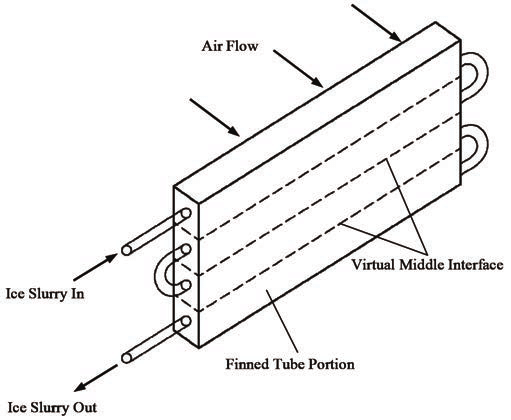
Research Project
Numerical Simulation and Experimental Validation of New Design of Finned-tube Heat Exchanger for Tankless Water Heaters
In the mid-fifties, Egypt started to manufacture gas water heaters locally. In the early nineties, many home appliance companies flourished, until they reached nearly 15 companies. These companies manufacture more than 2 million gas heaters annually, and more than half are exported abroad (Trade map, 2018). Despite mass production, the burner, combustion zone, and heat exchanger are being imported

Research Project
Gravity and Pressure Driven Flow of Molten Salt: The Case of the MATS Project
Molten salt is used as the thermal storage fluid at MATS which is a demonstration plant built in the North African desert area, inside the City for Science and Technology (SRTA-City), Borg El Arab, near Alexandria in Egypt. ENEA was the first organization in the world to demonstrate the “new” CSP (concentrated solar power) technology where molten salts up to 550°C are used as HTF (heat transfer
